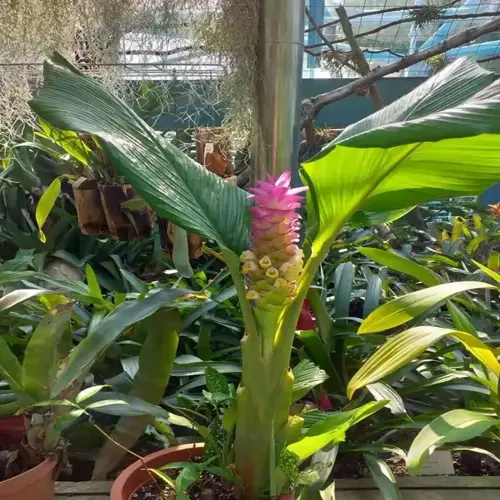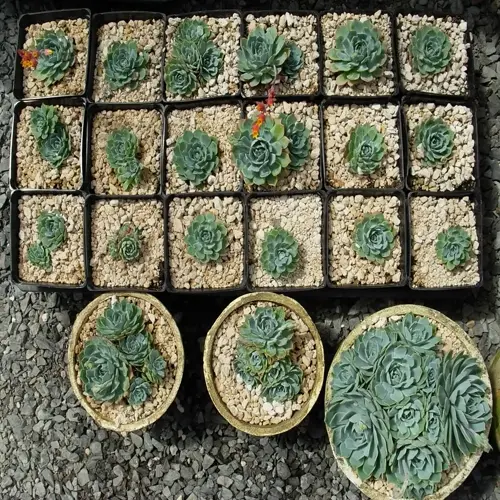How do you repot a plant for beginners?

Written by
Michael Sullivan
Reviewed by
Prof. Charles Hartman, Ph.D.Repotting provides healthy growth for your plants by allowing the roots to have room to grow and access to more nutrients. For beginners, I recommend trying out hardy plants, such as pothos or snake plants, to give you some practice. When I first started, I didn't know any better and bought a spider plant that grew to twice its original size after I repotted it. Repotting guards against root binding and encourages new growth through this important maintenance practice.
Before you start the repotting operation, gather your tools together. A new pot with drainage holes, quality potting mix, and pruning shears are required. I keep a repotting kit with all my seasonal plant care. You will work efficiently and reduce unnecessary stress on yourself and your plant. Do you really want to be pulling the potting mix out of the trash? The planning stage sets the stage for productivity; it is not the time to work in frantic haste.
Preparation
- Water plants 24 hours before to hydrate roots
- Select pots 1-2 inches larger than current containers
- Use potting mix specific to your plant type
Root Handling
- Gently loosen roots without breaking healthy sections
- Trim only visibly dead or rotten root portions
- Keep root balls intact for minimal disturbance
Soil Placement
- Fill pot base with fresh soil before positioning plant
- Maintain original soil depth around stem base
- Leave space below rim for watering
Aftercare
- Water thoroughly to settle soil around roots
- Place in indirect light for 1-2 week recovery
- Delay fertilization for 4-6 weeks
Properly handling roots can be the difference between success and failure. To untangle roots, use your fingers and gently pull them apart; avoid yanking them apart. I learned how to handle some delicate roots, such as orchid air roots, with damp hands. This way, you don't damage the important root hairs that also absorb nutrients. If you handle the plant carefully, you can avoid transplant shock.
Care after repotting determines how fast your plant will recover. Watch for stress signs such as droopy leaves or yellowing edges (especially the leaf edges). I look at my repotted plants every morning for the first week. With a little daily searching, you quickly become aware of any issues. As long as there is consistent moisture in the soil and you are not overwatering, you can help roots settle in new soil.
Read the full article: How to Repot Plants: 10 Essential Steps

